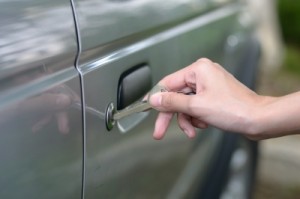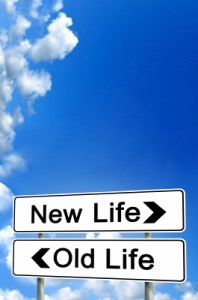I love eating out. Love it. I’m a passionate baker, but slightly apathetic about making my own meals. Going out for dinner has always been my favourite way to catch up with friends – food that I didn’t have to make and good company, how can that go wrong? Now that I have a husband and a baby, there’s a bit more of an immediate need to feed us all – my previous life of having a bowl of cereal if I didn’t feel like figuring out what to make is no longer feasible, but going out for dinner on those no cooking nights is a huge finance buster!
So how does one eat out when there’s a budget to be met and bills to be paid?
Two words: mystery shopping. I remember the first time I heard about mystery shopping – I had read a book about unusual ways to make money, and it was one of the suggestions. I had, in the dim recesses of my memory, heard about it before, but in the context of a scam scenario where someone had paid money to ‘join’ with a company. I’ve since learned that they pay you and it’s an independent contracting situation, where you pick up jobs according to your preferences and location.
The synopsis on restaurant mystery shopping is this: you go to XYZ restaurant with a friend. You generally will have some parameters on what categories of items to order (often it’s an appetizer to share, two entrees, two drinks from the bar and a dessert to share), but other than that, it’s really up to you. As you have lunch with your friend, ordering whatever you want from each category required, you’re taking mental notes on the food, the service, whether there are fingerprints on the glasses and how long everything takes. I find having a smartphone makes this process much easier.
You have dinner, pay your bill, tip as you usually would, and leave, all the while just being a regular customer out for dinner with a friend or partner. Once you’re home, you fill in the online report and scan and attach your copy of the bill and credit card receipt. About six weeks later, you’ll be reimbursed via Paypal or cheque, depending on the company, whatever the agreed upon amount of the shop was. Often it’s around $75 or $80 dollars. Depending on what you order, this makes for either a really cheap, yummy multi course dinner, or an entirely free one!
I’ve been doing it for several years, and it means that steaks and martinis can happen whenever we have the inclination to go out and can find a babysitter.
There are also other mystery shops for retail items (some entail a small purchase which you are reimbursed for), oil changes, clothing, shoes – you name it! There’s a whole lifestyle that awaits!
Please note, in big, bold letters:
You do not pay a fee to join a company, ever, and anyone who wants you to is not authentic. You do have to pay for things like dinners or small purchases in advance and then you get a cheque or Paypal 4-6 weeks later, depending on the company.
Here are some of the companies that I use:
(restaurants, retail and the odd automotive)
http://www.a-closer-look.com/
http://www.premierservice.ca/
(Casinos and banking)
http://www.mscreporting.com/login.asp
These are some other ones that are legit:
http://www.kernscheduling.com/ (Gas stations, usually require (and reimburse) a small purchase)
https://criny.com/Login.aspx?referrer=/index_members.aspx&query= (Movies)
https://apply.bestmark.com/?r=BC10765(retail)
Good luck – let me know if you have any questions and what your experience with mystery shopping is, or what you think it might be! What do you do to keep up things you love doing when your budget stages a protest?





